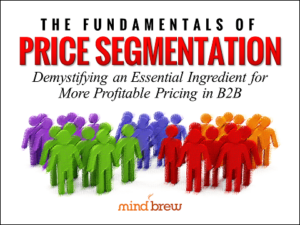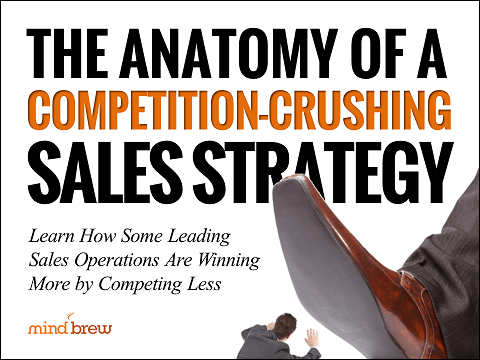There’s a lot of talk in the space about sales and marketing departments needing to agree on the definition of a qualified lead.
Most often, the discussion centers around reaching agreement as to when a prospect should be turned over to the sales team for more concerted effort and personalized attention. And, this usually involves establishing some combination and accumulation of demonstrated interest, typically manifesting in a certain lead score or cultivation stage.
But while this is certainly a prudent and necessary step toward making the best use of your resources, it’s not sufficient—because it only addresses part of the equation.
Attracting and Capturing Better Leads
Intuitively, you know that even qualified leads are not all created equal. A quick review of your pipeline performance data will no doubt reveal that different types of opportunities, though qualified, have inherently different performance characteristics. A deeper analysis will show that certain combinations of prospect, product, and circumstances have higher close rates, shorter sales cycles, more revenue, higher margins, greater LTVs, etc.
To be most efficient, of course you need to allocate your resources toward prospects with true purchase intent. But to be most effective, you also need to focus your marketing and sales efforts toward those opportunities where:
- Your chances of winning the business are much higher, and…
- The value of actually winning the business is much greater.
This is what targeting is all about: Zeroing-in on prospects and opportunities that are inherently better for your business and proactively rigging the pipeline to your advantage from the very start.
So first and foremost, sales and marketing teams need to agree on the targets.
Together, they need to define which types of prospects and opportunities are most advantageous to attract and cultivate in the first place. They need to get beyond generic descriptions like “the Fortune 2000” or “technology companies” and be very specific about the makeup of opportunities that should be pursued…and those that should be avoided.
Then, after a solid strategic foundation has been laid, they can of course reach agreement on the tactical details around the marketing-to-sales handoff.








